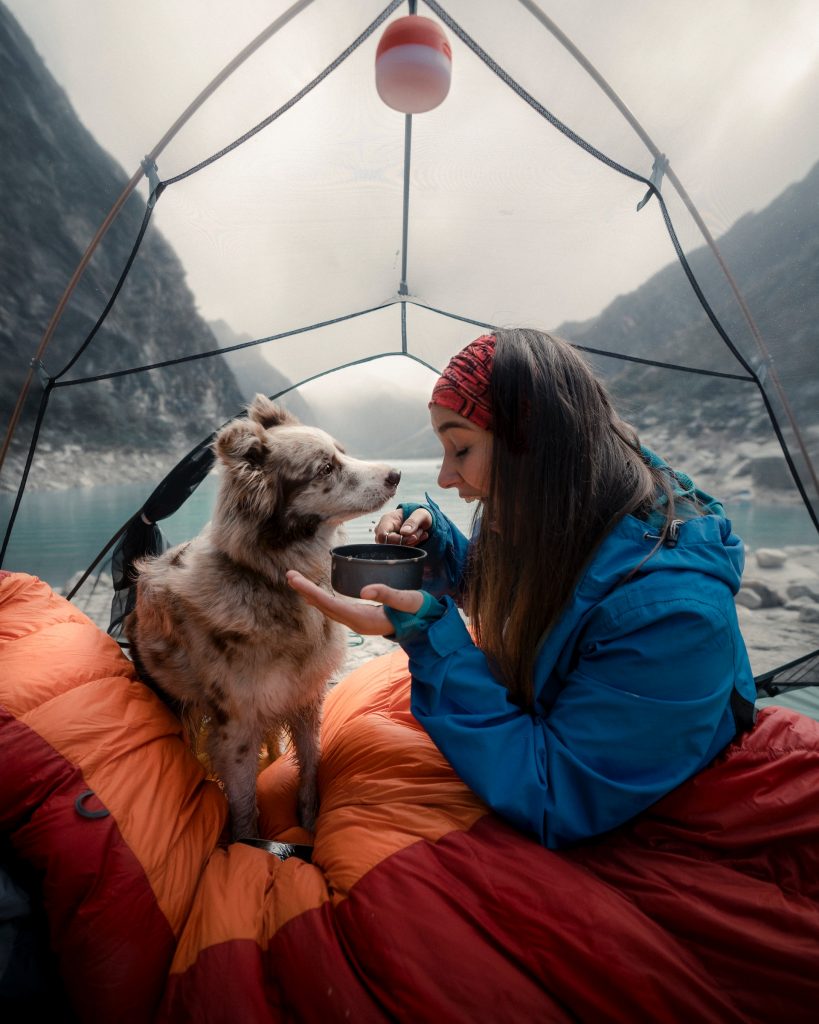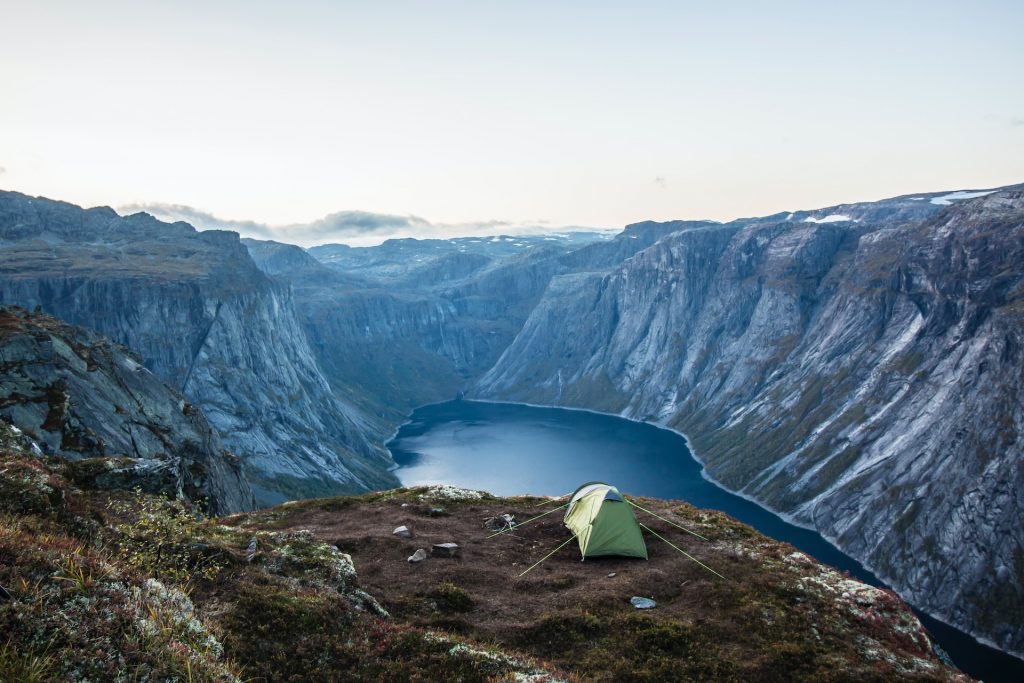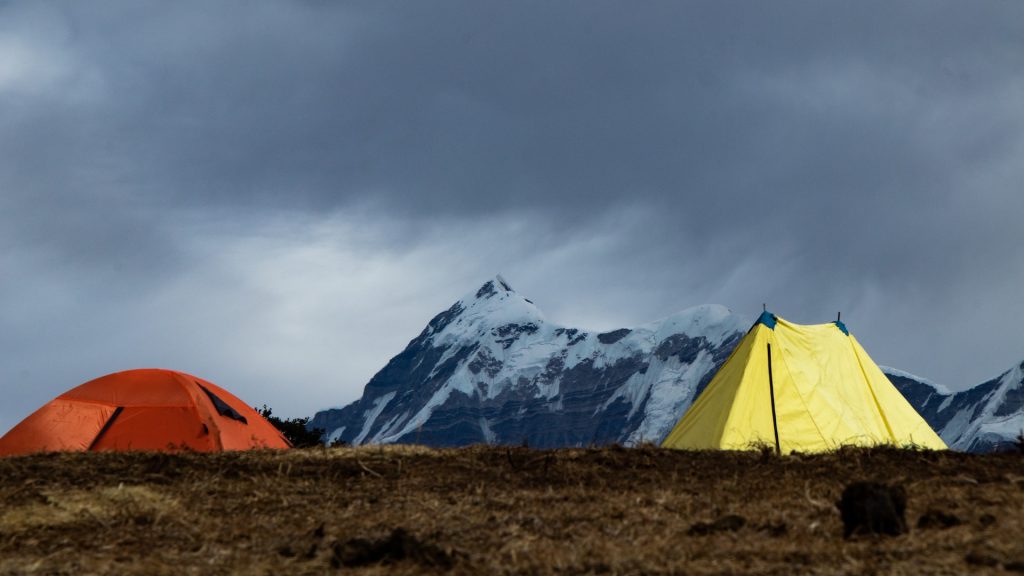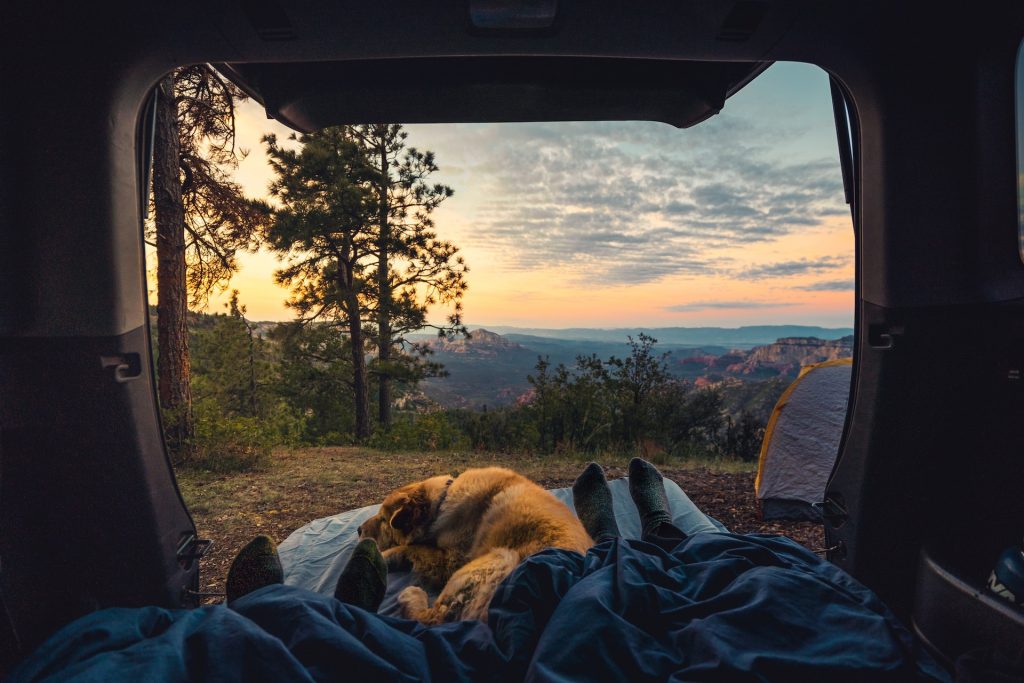Finding the perfect bivouac (bivy) spot can greatly enhance your hiking experience. Here’s a comprehensive guide to selecting the right bivouac spot, considering essential factors, avoiding pitfalls, and being mindful of potential dangers.

Factors to Consider:
- Terrain and Elevation: Opt for level ground or a gentle slope for your bivy. Elevated areas offer cooler temperatures but more exposure to wind, while lower spots might be warmer yet susceptible to condensation. Balance comfort and temperature according to the elevation.
- Distance from Water: While the allure of camping near water is understandable, keep a distance of at least 200 feet (60 meters) from rivers, lakes, or streams. This not only reduces your environmental impact but also prevents potential flooding during rain.
- Shelter and Wind Protection: Seek natural windbreaks like trees or rocks for shelter against strong winds. However, avoid unstable rocks and dead branches overhead that could pose risks.
- Exposure to Sun and Shade: Assess the sun’s path and shade throughout the day. Shade might be favorable during hot seasons, but avoid areas with overhead hazards like dead trees or branches that could fall.
- Wildlife and Animal Trails: Stay clear of animal trails and signs of recent activity to prevent unwanted encounters. Hang food and scented items at a safe distance from your campsite to deter animals.

Pitfalls to Avoid:
- Rockfall Areas: Steer clear of cliffs and regions prone to rockfalls, especially during the night when visibility is limited. Your safety relies on avoiding such hazardous zones.
- Floodplains and Dry Washes: Refrain from camping in floodplains or dry washes, which can swiftly turn dangerous during rain. Flash floods pose a serious threat to campers in such areas.
Potential Dangers:
- Weather Changes: Equip yourself with appropriate gear like rain covers and warm clothing. Wilderness weather is unpredictable, and rapid changes can occur at any time.
- Insects and Pests: Choose a bivouac spot away from stagnant water to minimize encounters with insects such as mosquitoes and ticks. Protect yourself from potential diseases by preventing their presence.
- Environmental Impact: Embrace Leave No Trace principles to minimize your footprint. Responsible camping ensures the natural landscape remains pristine for future generations.

Importance of Avoiding River Beds and Lakesides:
While camping near rivers or lakes might seem picturesque, it’s vital to remember that these areas can accumulate heavy condensation and moisture due to mist and dew. As the sun sets and temperatures drop, the moisture can lead to damp conditions, affecting your comfort and gear. To mitigate this, maintain a safe distance of at least 200 feet (60 meters) from these water sources. By doing so, you’ll not only safeguard yourself against wet conditions but also minimize your impact on fragile ecosystems.
In conclusion, strategic bivouac spot selection involves a blend of comfort, safety, and environmental responsibility. By considering elevation, proximity to water, shelter, sun exposure, and wildlife, while also avoiding hazardous zones, you can ensure a secure and memorable camping experience. Always adapt to changing weather and wildlife encounters, and practice responsible camping to preserve the natural beauty for generations to come.
